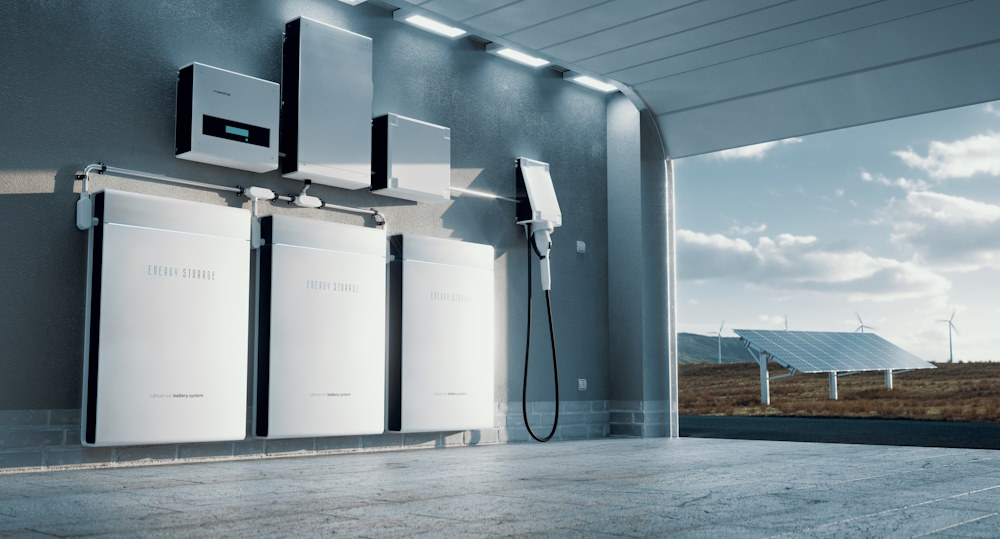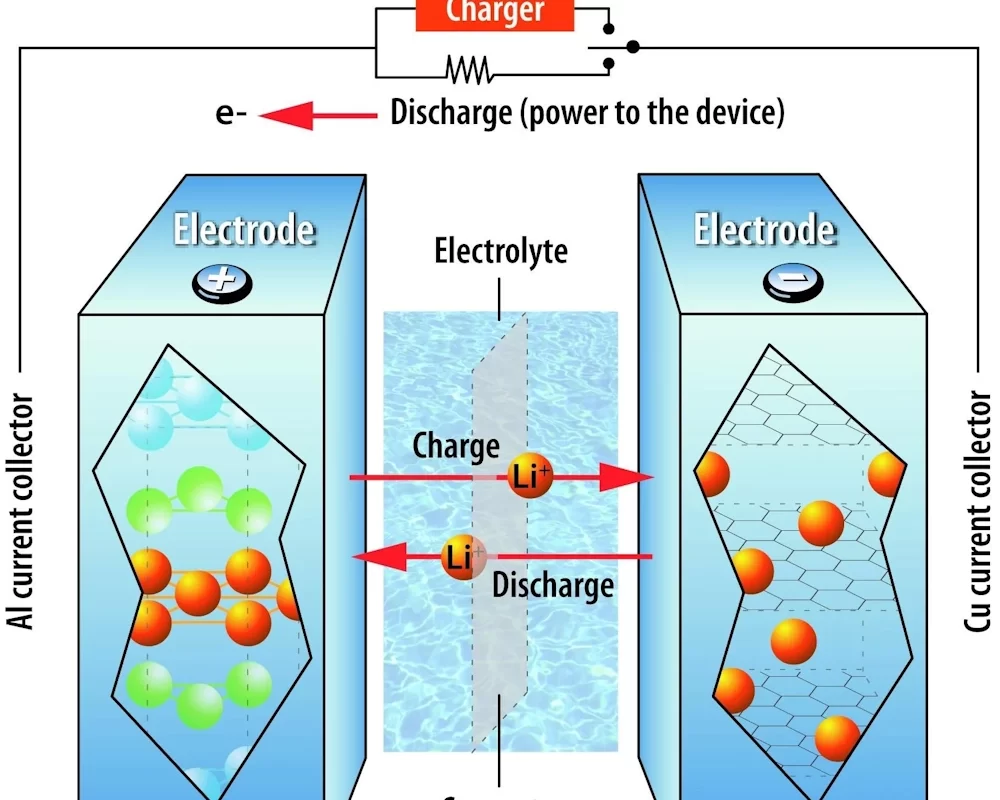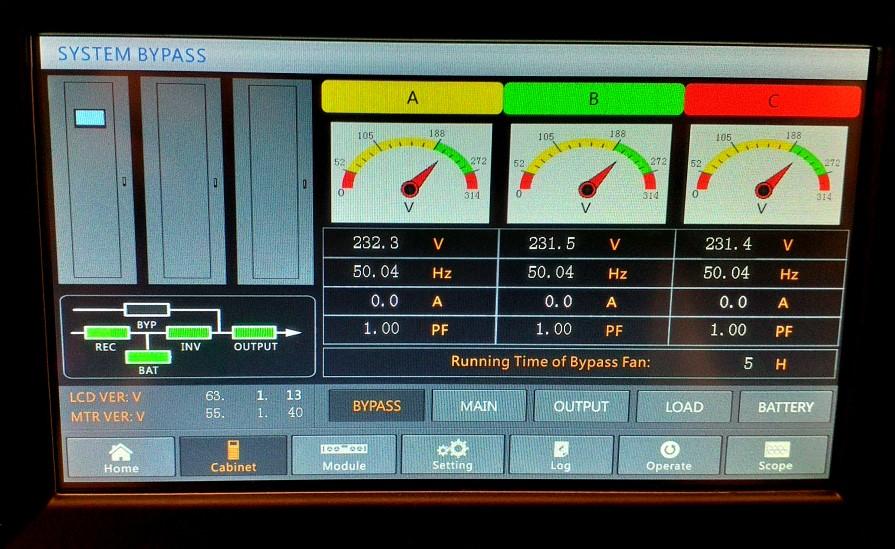How to Charge a 12V, 24V, and 48V Lithium Ion Battery
Lithium batteries have become a staple in our modern lives, powering everything from smartphones to electric cars. Their efficiency, energy density, and longevity make them a top choice for various applications. If you’re seeking to charge a lithium ion battery, particularly with 12V, 24V, or 48V capacities, this guide will provide you with the essential steps for a safe and effective charging process. There are many uses of Lithium Ion Batteries.
Charging lithium batteries, particularly lithium iron phosphate (LiFePO4) variants, involves careful consideration of the electrical charge process. These batteries use lithium ions (Li) in their Li-ion cells to store energy. When charging, it’s vital to adhere to the specific requirements of each battery type, such as 12V, 24V, or 48V configurations, to prevent overcharging or overheating, which can damage the battery and even pose safety risks. Proper charging methods tailored to the battery’s voltage and chemistry ensure optimal performance and longevity, making it crucial for anyone working with these diverse lithium battery systems. Charging 12V, 24V, and 48V lithium batteries involves precision for their Li-ion cells’ well-being and performance.
Understanding the Powerhouse: Lithium Ion Batteries
Lithium ion batteries, often dubbed the powerhouse of the modern age, are rechargeable energy storage devices that utilize lithium ions to move between the cathode and anode during charge and discharge cycles. This movement is what allows these batteries to store and provide energy efficiently. Their prevalence in portable electronics, renewable energy systems, and electric vehicles stems from their impressive energy-to-weight ratio and lower self-discharge rates.

With Lithium-Ion batteries high energy density, long cycle life, and lightweight design, they have become the preferred choice for a wide range of applications. In this article, we will delve into the world of lithium-ion batteries, focusing on their key characteristics, benefits, and common voltage configurations such as 12V, 24V, and 48V.
Lithium-Ion Battery Basics:
Lithium-ion batteries are rechargeable energy storage devices that use lithium as the primary component in their electrochemical cells. The key components of a lithium-ion battery include the anode (usually made of graphite), the cathode (typically containing lithium cobalt oxide or other materials), and the electrolyte, which allows the movement of lithium ions between the anode and cathode during charging and discharging cycles.
Benefits of Lithium-Ion Batteries:
1 High Energy Density
Lithium-ion batteries offer a high energy density, meaning they can store a significant amount of energy in a relatively small and lightweight package. This makes them ideal for portable devices and electric vehicles where space and weight are critical factors.
2 Long Cycle Life
Lithium-ion batteries are known for their long cycle life, which refers to the number of charge and discharge cycles they can undergo before their capacity significantly degrades. Depending on the chemistry and usage, lithium-ion batteries can typically last hundreds to thousands of cycles.
3 Fast Charging
They can be charged quickly, with many models reaching 80% or more of their capacity in less than an hour. This rapid charging capability is especially advantageous in applications where downtime is a concern.
4 Low Self-Discharge
Lithium-ion batteries have a relatively low self-discharge rate, meaning they can hold their charge for extended periods without significant energy loss. This makes them suitable for standby power applications.
Common Voltage Configurations:
Lithium-ion batteries are available in various voltage configurations, including 12V, 24V, and 48V, among others. These configurations are often used in different applications:
12V Batteries
12V lithium-ion batteries are commonly found in applications such as portable electronics, recreational vehicles (RVs), boats, and small solar power systems. They provide a convenient voltage for powering low-voltage devices and can be easily combined to create larger battery banks when needed.
24V Batteries
24V lithium-ion batteries are often used in medium-sized solar power systems, industrial equipment, and electric forklifts. They offer increased voltage for more demanding applications while remaining manageable in terms of size and weight.
48V Batteries
48V lithium-ion batteries are widely used in larger-scale applications, including electric vehicles, home energy storage systems, and commercial solar installations. This voltage level is well-suited for higher-power applications and can provide the necessary energy storage capacity for extended use.
Lithium-ion batteries, available in various voltage configurations, have become the backbone of modern technology and renewable energy solutions. Their impressive energy density, cycle life, and fast-charging capabilities make them a versatile choice for a wide range of applications, from small electronics to large-scale energy storage systems. Understanding the specific voltage requirements of your project and selecting the right lithium-ion battery configuration is crucial for achieving optimal performance and efficiency in your chosen application. Whether it’s a 12V, 24V, or 48V battery, these power sources continue to drive innovation and sustainability across various industries, promising a greener and more energy-efficient future.
Picking the Right Charger
Choosing the right charger for lithium-ion batteries, whether they are 12V, 24V, or 48V, is essential to ensure the longevity and safety of your battery bank. Lithium-ion batteries have specific charging requirements, and selecting the appropriate charger can make a significant difference in their performance and overall lifespan.
1. Voltage Compatibility
First and foremost, the charger you select must match the voltage of your lithium-ion battery system. For example:
- A 12V lithium-ion battery should be charged with a 12V charger.
- A 24V lithium-ion battery should be charged with a 24V charger.
- A 48V lithium-ion battery should be charged with a 48V charger.
Using a charger with the correct voltage rating is crucial to prevent overcharging or undercharging, which can lead to battery damage or reduced capacity.
2. Charging Current
Consider the charging current capacity of the charger. The charging current is typically measured in amperes (A) or milliamperes (mA). It’s important to choose a charger that can supply an appropriate charging current for your battery bank’s capacity. Charging too slowly can be inefficient, while charging too quickly can lead to overheating and damage. Refer to the manufacturer’s specifications to ensure the charger’s current output aligns with your battery’s recommended charging rate.
3. Charging Algorithm
Lithium-ion batteries require a specific charging algorithm that consists of multiple stages, including bulk charging, absorption charging, and float charging. Look for a charger that incorporates these stages or uses a lithium-ion-specific charging profile. Chargers with intelligent microprocessors can adjust the charging process based on the battery’s state of charge and voltage, optimizing performance and battery life.
4. Safety Features
Safety is paramount when selecting a charger. Look for chargers that offer protection against overcharging, over-discharging, short circuits, and temperature extremes. Many high-quality lithium-ion chargers include safety mechanisms to prevent these issues, reducing the risk of accidents or damage to your batteries.
5. Communication and Monitoring
If available, choose a charger with communication capabilities. Some chargers can communicate with battery management systems (BMS) or have built-in monitoring features that provide real-time data on the battery’s status. This can help you track the health of your battery bank and address any issues promptly.
6. Efficiency and Energy Consumption
Consider the efficiency of the charger, as it can impact your energy costs and environmental footprint. Look for chargers with high efficiency ratings to minimize energy wastage during the charging process.
In conclusion, selecting the right charger for your lithium-ion batteries, whether they are 12V, 24V, or 48V, involves careful consideration of voltage compatibility, charging current, charging algorithm, safety features, communication capabilities, and energy efficiency. Always consult the manufacturer’s recommendations and guidelines for your specific battery model, as using an incompatible or incorrect charger can lead to premature battery failure and safety hazards. Investing in a quality charger that aligns with your battery’s requirements will help maximize performance and extend the lifespan of your lithium-ion battery bank.
Charging Precautions and Guidelines
Charging a lithium ion battery requires attention to detail and adherence to specific guidelines to guarantee a smooth and hazard-free process. To charge a 12V, 24V, or 48V lithium-ion battery, you should be aware of its internal resistance, the polarity of the positive and negative terminals, and the presence of a protection circuit within each lithium-ion cell. Here’s a step-by-step breakdown for safely charging your 12V, 24V, or 48V lithium ion battery:
1 Select a Suitable Location
Choose a well-ventilated area away from flammable materials and direct sunlight. Safety should always be a priority.
2 Check the Battery’s Voltage and Capacity
Ensure that the battery’s voltage and capacity align with the charger’s specifications. Using the wrong charger can lead to overcharging or undercharging, potentially damaging the battery.
3 Inspect the Charger and Battery
Thoroughly examine both the charger and the battery for any physical damage. Avoid using damaged equipment, as it can lead to dangerous situations.
4 Connect the Charger
Connect the charger’s positive (red) and negative (black) leads to the corresponding terminals on the battery. Double-check the connections to prevent reverse polarity, which can damage the battery.
5 Set the Charging Parameters
If your charger allows for parameter adjustments, set the appropriate voltage and current values for your battery. This helps prevent overcharging and ensures optimal charging performance.
6 Initiate the Charging Process
Once all connections and settings are in place, start the charging process. Keep a close eye on the battery during charging to monitor its temperature and any irregularities.
7 Monitor the Charging Progress
Lithium ion batteries should not be left unattended during charging. Continuously monitor the battery’s temperature and the charging progress to address any issues promptly.
8 End the Charging Process
Once the battery reaches its full charge, disconnect the charger from the battery terminals. Overcharging can damage the battery and reduce its lifespan.
9 Storage and Usage
If you’re not planning to use the battery immediately after charging, store it in a cool and dry place. When using the battery, be sure to follow manufacturer recommendations for optimal performance and safety.
Final Thoughts
Charging a 12V, 24V, or 48V lithium ion battery is a task that requires careful attention to detail and safety. By selecting the right charger, following the correct procedures, and keeping a close eye on the charging process, you can ensure the longevity and performance of your battery. Remember that lithium ion batteries are powerful tools, and handling them with care will not only extend their lifespan but also guarantee the safety of your surroundings. So, next time you charge your lithium ion battery, follow these steps for a seamless and secure experience.


